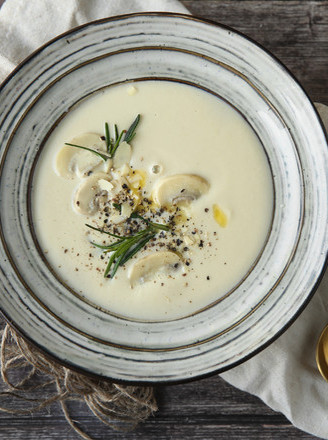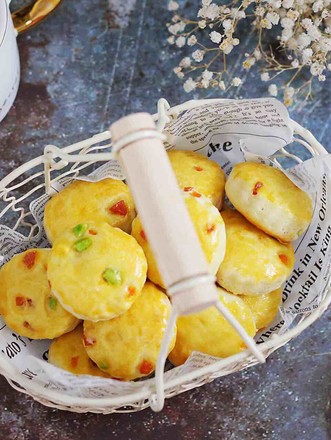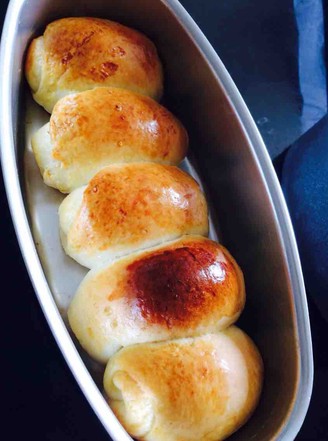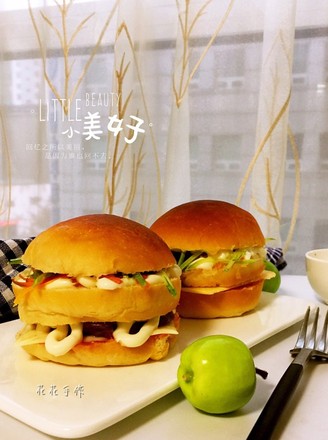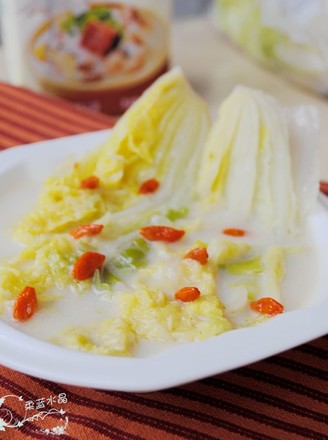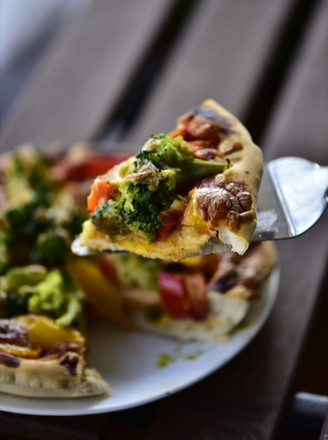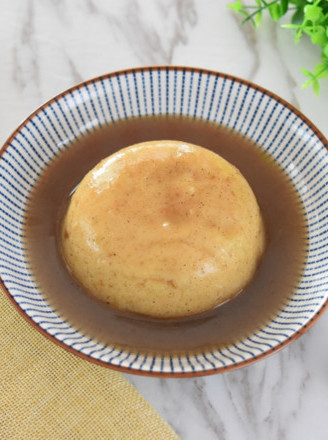Mango Layer Cake
1.
Pour the milk into the container; mix low-flour, cornstarch and powdered sugar; sieve the powder into the milk
2.
Stir well with a manual whisk; put three whole eggs and one egg yolk in the bowl; stick the manual whisk against the wall of the bowl to break up the eggs
3.
Slowly pour the milk batter mixed in step 4 into the egg liquid, and stir evenly while pouring; until all is poured in
4.
Sieve the flour at the bottom of the sieve and gently scrape it into the batter with a spatula; get a uniform and delicate batter
5.
Butter diced; insulated water melts
6.
Take a little sifted batter and pour it into the butter; stir well; then pour the emulsified butter batter after stirring into the remaining milk batter, mix well; let it stand for half an hour
7.
Take a non-stick pan; heat it over a low heat for a while, then take an appropriate amount of batter and scoop it into the pan, hold the pan with your hands to shake the batter, spread it out; fry on low heat until the batter is formed, peel off; do everything in order Pie crust, refrigerate for half an hour after wrapping
8.
The mango is peeled and pitted and cut into cubes for later use; pour the whipped cream into a clean basin, add sugar and then send it at low speed and then at high speed.
9.
Take out the refrigerated pie crust and tear it apart one by one; put a pie crust at the bottom of the 8-inch round mold with the reverse side facing up; smear a little whipped cream
10.
Cover with a pie crust, flatten the surface to make the cream evenly distributed; repeat steps 25-26 twice; put the cream in the piping bag, cut the mouth, and squeeze the cream in a circle
11.
Put in the mango pulp evenly; squeeze an appropriate amount of cream and smooth; cover with a pie crust
12.
Repeat steps 24-27. Layer by layer until all the crusts are placed and the mold is full; put in the refrigerator for half an hour to shape; put a tray at the bottom of the mold, turn the layer cake upside down, and remove the mold
Tips:
1. After the batter is adjusted, sieving can make the finished crust more delicate;
2. If there are many small bubbles in the batter after sieving, it needs to stand for half an hour before frying to avoid too many pores in the crust;
3. Use a low heat when the pancake crust is used, and the batter can be peeled off after forming;
4. The fried pie crusts are stacked one by one and placed in the refrigerator for half an hour after they are ready
5. The 22cm non-stick pan used this time made a total of 18 cake crusts, and 16 of the finished products were used;
6. With the help of a live bottom cake mold, it is more convenient to stack and form;
7. After demoulding, you can decorate as you like.














